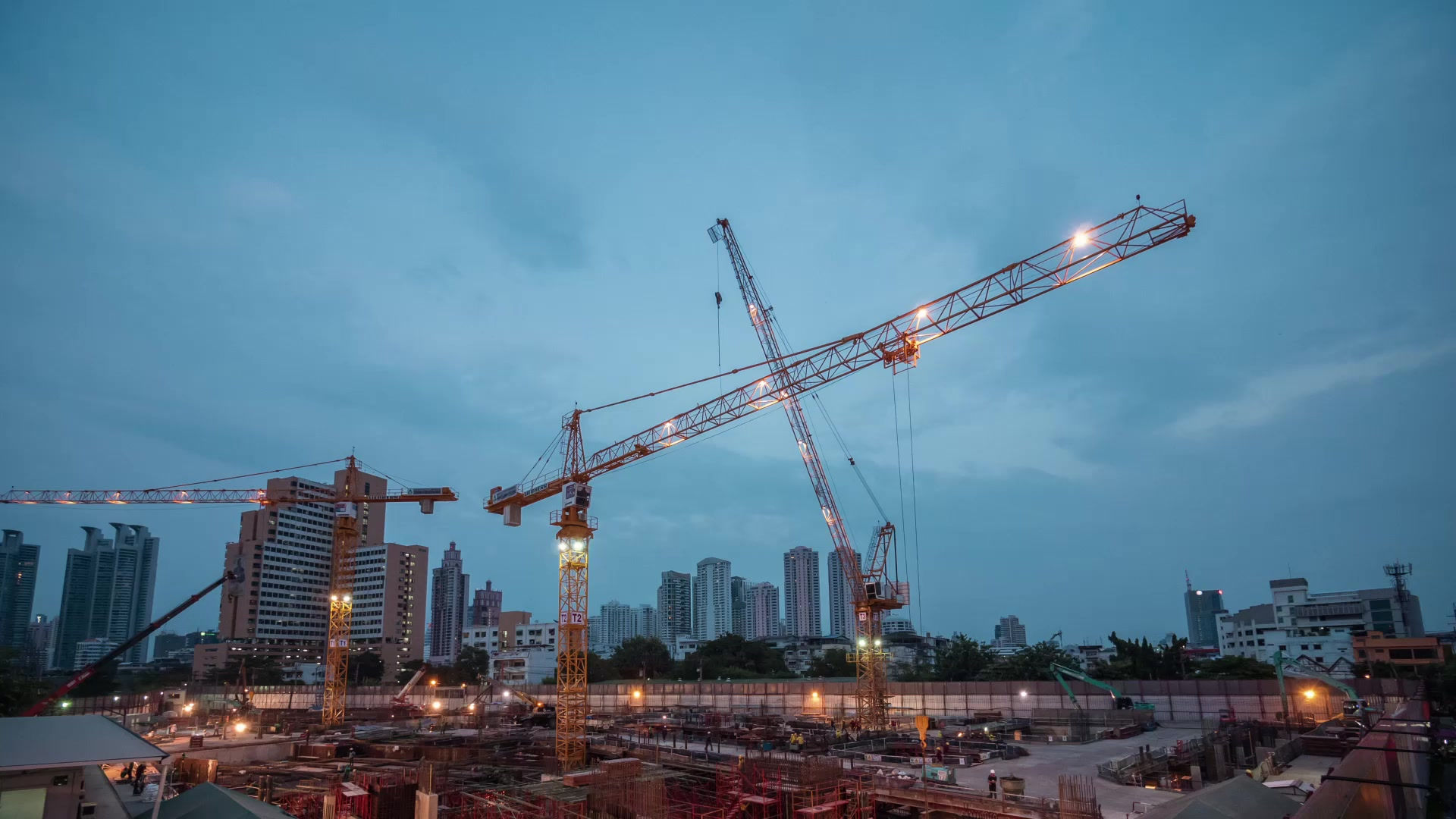The Importance of Accurate 2D Reinforcing Steel Detailing in Construction Projects
- Intertoons Internet services pvt ltd
- Dec 31, 2024
- 2 min read

Construction projects demand meticulous planning, especially in areas involving structural integrity. One critical component is 2D reinforcing steel detailing, which creates precise drawings of rebar (reinforcing steel) placement. Accurate detailing is not just a technical requirement but a cornerstone for the success of any construction project.
1. Ensures Structural Integrity
Accurate 2D detailing ensures reinforcing steel is placed precisely where needed to support structural loads. Properly detailed rebar placement helps:
Prevent structural failures.
Enhance the durability of concrete elements.
Maintain safety standards for long-term use.
Without accurate detailing, misaligned or missing reinforcement can lead to weak points, jeopardizing the entire structure.
2. Optimizes Construction Efficiency
Detailed 2D drawings act as a blueprint for contractors and workers, offering clear guidelines for installation. This level of precision:
Reduces construction errors and rework.
Speeds up the building process by eliminating ambiguities.
Minimizes wastage of materials and labor hours.
Accurate detailing saves both time and money, ensuring projects remain within budget.
3. Facilitates Compliance with Standards
Reinforcing steel detailing must adhere to specific codes and standards, such as ACI, BS, or Eurocodes. Proper 2D detailing ensures:
Compliance with regulatory requirements.
Simplified inspections and approvals.
Reduced risk of legal or financial repercussions due to non-compliance.
Staying aligned with industry standards is critical for both safety and professional reputation.
4. Enhances Collaboration Among Stakeholders
Detailed 2D drawings improve communication between engineers, architects, contractors, and fabricators. A shared understanding of the rebar layout helps:
Resolve design conflicts early.
Coordinate schedules efficiently.
Avoid misinterpretations during execution.
Collaboration built on accurate information leads to smoother project execution.
5. Supports Digital Integration
While 2D detailing is traditional, it often integrates with modern tools like BIM (Building Information Modeling) for enhanced visualization and planning. Accurate 2D detailing serves as a foundation for:
3D modeling and simulations.
Precise material estimation.
Digital workflows that reduce manual errors.
This adaptability makes 2D detailing relevant even in tech-driven construction processes.
Best Practices for Accurate 2D Reinforcing Steel Detailing
Use Advanced Software: Leverage tools like AutoCAD, Tekla, or Revit to create precise drawings.
Adhere to Standards: Familiarize yourself with local and international building codes.
Perform Regular Reviews: Cross-check details with engineering calculations and design blueprints.
Engage Skilled Professionals: Employ experienced detailers to minimize errors.
Collaborate Effectively: Communicate frequently with project stakeholders to address design challenges early.
Conclusion
Accurate 2D reinforcing steel detailing is an indispensable aspect of construction projects. It ensures structural safety, optimizes efficiency, facilitates compliance, and strengthens collaboration. By investing in precise detailing, stakeholders can mitigate risks, save costs, and deliver successful projects that stand the test of time. For more details connect to our site today!


Comments